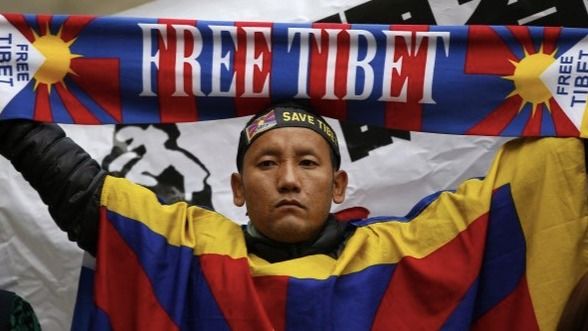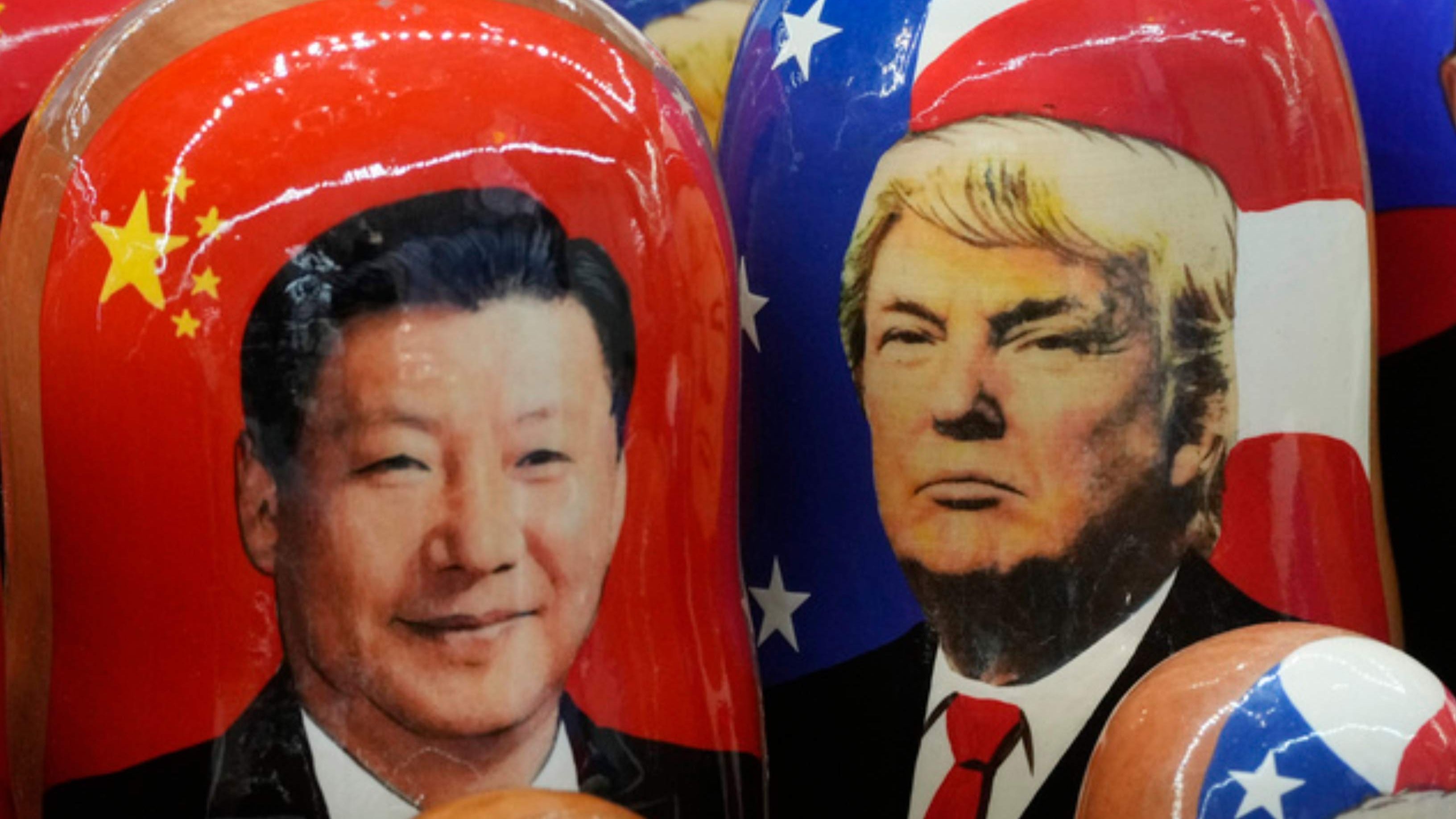Himachal Pradesh: A delegation from the US House of Representatives including former Speaker Emerita Nancy Pelosi and House Foreign Affairs Commmittee Chairperson Michael McCaul met with Dalai Lama in Dharamshala on Wednesday.
The development comes after the US Senate, the House of Representatives, passed the Resolve Tibet Act, which now rests on President Joe Biden‘s shoulder for final approval.
While the Tibetan leaders lauded US delgation’s visit and dubbed it as ‘loud message’ to China, the rattled Chinese government warned the US of ‘resolute mesaures’ if Joe Biden signs the Tibet Policy Bill.
China-Tibet Conflict: The History
The Dalai Lama on several occasions had reaffirmed the stance that Tibetans seek greater autonomy within China, underlining their desire for self-governance at their homeland while remaining part of the People’s Republic of China.
Tibet, a region on the Tibetan Plateau in Asia, entered conflict with China after 13th Dalai Lama, Thubten Gyatso announced de facto Tibetan independence in early 1913. While Tibetan leaders said they were never part of China, the Chinese claimed that Tibet had always been their part.
The representatives of China and Tibet signed the 17-Point Agreement in 1951, under which China pledged to keep Tibet’s traditional government and religion in place, as per a Reuters backgrounder. This was after China had invaded Tibet in 1949-50, defeated its army, and established control over large parts of Tibetan territories.
China-Tibet 17-Point Agreement
From 1912 to 1949 which marks the foundation of the People’s Republic of China, no Chinese government took power control over what is today China’s Tibet Autonomous Region. The Dalai Lama’s government alone ruled the Tibet land until 1951.
Tibet remained an integral part of the Tibetans until “Chinese” Mao Zedong’s People’s Liberation Army (PLA) marched in and Invaded the land. After occupying the eastern and northern fronts of Tibet, the Chinese signed the Agreement on Measures for the Peaceful Liberation of Tibet– also called as ‘17-point agreement.’
The Dalai Lama with Mao Zedong | Image: File
With the position of strength at the negotiation table, Chinese claimed that the agreement was ‘mutual.’ Though the Tibetan government-in-exile later affirmed that it was signed under duress, a claim denied by the Chinese government.
The Tibetan Uprising: India’s Role
A crucial turning point came in 1959 amid escalating tensions between Tibet and China as Dalai Lama, along with Tibetans, fled to India seeking asylum. The Tibetans constituted an exiled government based in Dharamshala, India, known as the Central Tibetan Administration (CTA).
In the aftermath, the Chinese government steadily tightened their grip on Tibet by improving infrastructure in the region. In Lhasa, the Chinese lawmakers encouraged entry of ethnic Han Chinese for making a demographic shift.
The presence of the Dalai Lama in the Indian territory has been a consistent irritant for the Chinese who considers him a separatist. For centuries, India’s actual neighbour was Tibet, as most of country’s boundaries and the 3500km LAC (Line of Actual Control) is with the Tibetan Autonomous Region, and not the rest of China.
China-Tibet Conflict, 17-Point Agreement, and India’s Role | The History world-news World News | Latest International Global World News | Todays Breaking News Headlines




